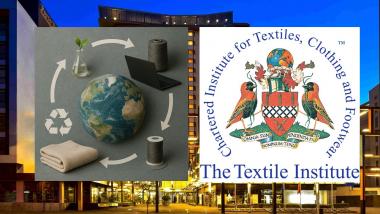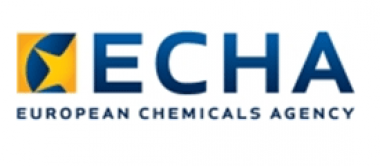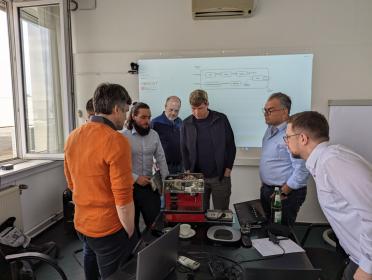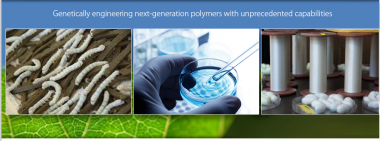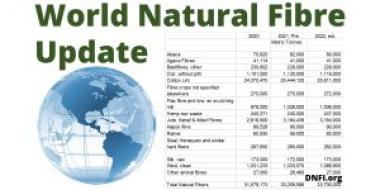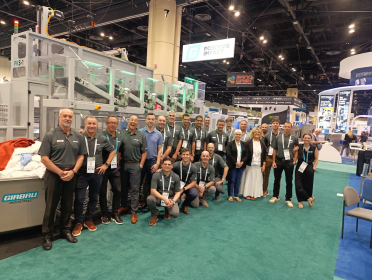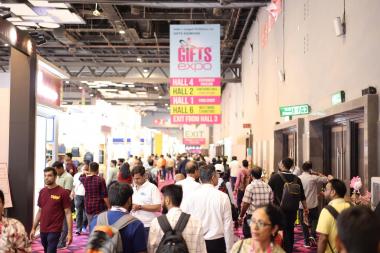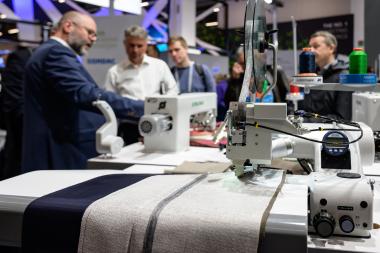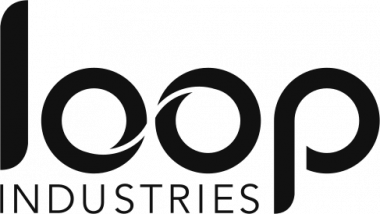Transforming blended textile waste and foam scraps into brand new shoes
Allbirds presents the latest addition to its leading-edge lineup of footwear: Remix. Born from a pioneering partnership with Blumaka, a leader in converting recycled foam into footwear products, and Circ®, a leading innovator in textile-to-textile recycling, Remix styles give second life to manufacturing waste by transforming blended textile waste and foam scraps into brand new shoes.
With billions of shoes produced annually, the footwear industry generates a staggering amount of manufacturing waste–trimmings, shavings, and dust from the cutting and shaping processes. In midsole foam alone, the industry produces 344,000 tons of waste annually—enough material to craft 2.5 billion midsoles—yet much of this high-quality foam goes unused and discarded. The materials, which are often non-biodegradable and notoriously difficult to recycle, are then routed to landfills where they take decades to decompose and emit harmful chemicals like methane. In an industry-first, Allbirds, Blumaka and Circ are intervening in the process by taking the landfill-bound waste and refashioning it into two Remix styles: the Runner NZ Remix and Cruiser Remix.
The Remix styles incorporate Blumaka midsoles, crafted from reclaimed foam scraps from athletic footwear manufacturing that are ground and molded into a high-performance, recycled foam blend. Not only does this process use 99 percent less water and emit 65 percent fewer carbon emissions than traditional foam production, but it also creates a product that exceeds the expectations of durability, comfort and performance. Blumaka’s approach challenges assumptions about sustainability: these reclaimed materials are not just recycled; they are revitalized into elite, performance-ready components that deliver all-day comfort and cushioning.
Additionally, Remix styles are the world’s first-ever footwear to utilize textile-to-textile recycled materials derived from polycotton waste, using Circ’s proprietary hydrothermal recycling process that separates and recovers cotton and polyester fibers from blended garments. The resulting textile lends a luxurious look and feel, with like-new quality that meets and exceeds virgin synthetics.
The materials combine to create two artful, visually distinct silhouettes that require no compromise on comfort, sustainability or style–offering consumers a fresh look that they can feel good in, and feel good about.
“To us, ‘better things in a better way’ means that we’re not tied to one technology or one method of making–we have a limitless curiosity that inspires us to explore unexpected approaches,” said Adrian Nyman, Chief Design Officer, Allbirds. “Remix is the next step in our innovation journey, delivering on sustainable design that enhances both look and feel.”
The launch of Remix follows a decade of sustainable innovations from Allbirds, including the likes of: Futurecraft.Footprint, an ultra-low carbon running shoe created in collaboration with Adidas; and most recently, M0.0NSHOT Zero, the world’s first net zero carbon shoe made with carbon-negative regenerative wool.
“Allbirds is demonstrating that the world doesn’t need more foam — it needs smarter use of existing resources,” said Stuart Jenkins, CEO of Blumaka. “We don’t recycle trash — we reclaim the most advanced foam ever made and improve upon it. Our process produces elite-level products with proven durability and comfort. Allbirds Remix shows that waste foam isn’t a problem — it’s an opportunity. Better for people. Better for the planet.”
“This collaboration with Allbirds marks a major milestone in proving that textile-to-textile recycling can scale beyond apparel and into high-performance footwear,” said Peter Majeranowski, CEO of Circ. ““By using Circ® Filament Lyocell from recycled textile waste as part of the upper for the Remix, we’re showing that circular materials don’t require compromise, they can look better, feel better, and do better for the planet. This is the future of fashion, and we re proud to help lead the way.”






